Matching the Hatch: Lure Selection Based on Forage Fish
Successful fishing often boils down to one fundamental principle: matching what fish are naturally eating. This concept, known as “matching the hatch” in fishing circles, originated in fly fishing but applies universally across all angling disciplines. By selecting lures that closely mimic the appearance, size, and behavior of local forage fish, anglers can dramatically increase their chances of a productive day on the water. This approach requires understanding the ecosystem beneath the surface and making thoughtful tackle choices based on that knowledge. Whether you’re targeting bass, walleye, pike, or trout, learning to match your local forage base can transform your fishing success and deepen your connection to the aquatic environment.
Understanding the Concept of Matching the Hatch

Matching the hatch means selecting lures that closely resemble the natural prey that gamefish are actively feeding on in a particular body of water at a specific time. This strategy originated in fly fishing, where anglers would carefully observe which insects were hatching and select flies that mimicked those specific insects. In conventional fishing, the same principle applies to forage fish – the small baitfish that predatory gamefish target as their primary food source. Understanding this concept requires observation, knowledge of local ecosystems, and sometimes a willingness to adapt when your initial approach isn’t working. The more accurately your presentation matches what fish are naturally feeding on, the more likely they are to strike, especially when fishing pressure is high or conditions are challenging.
Identifying Common Forage Fish Species
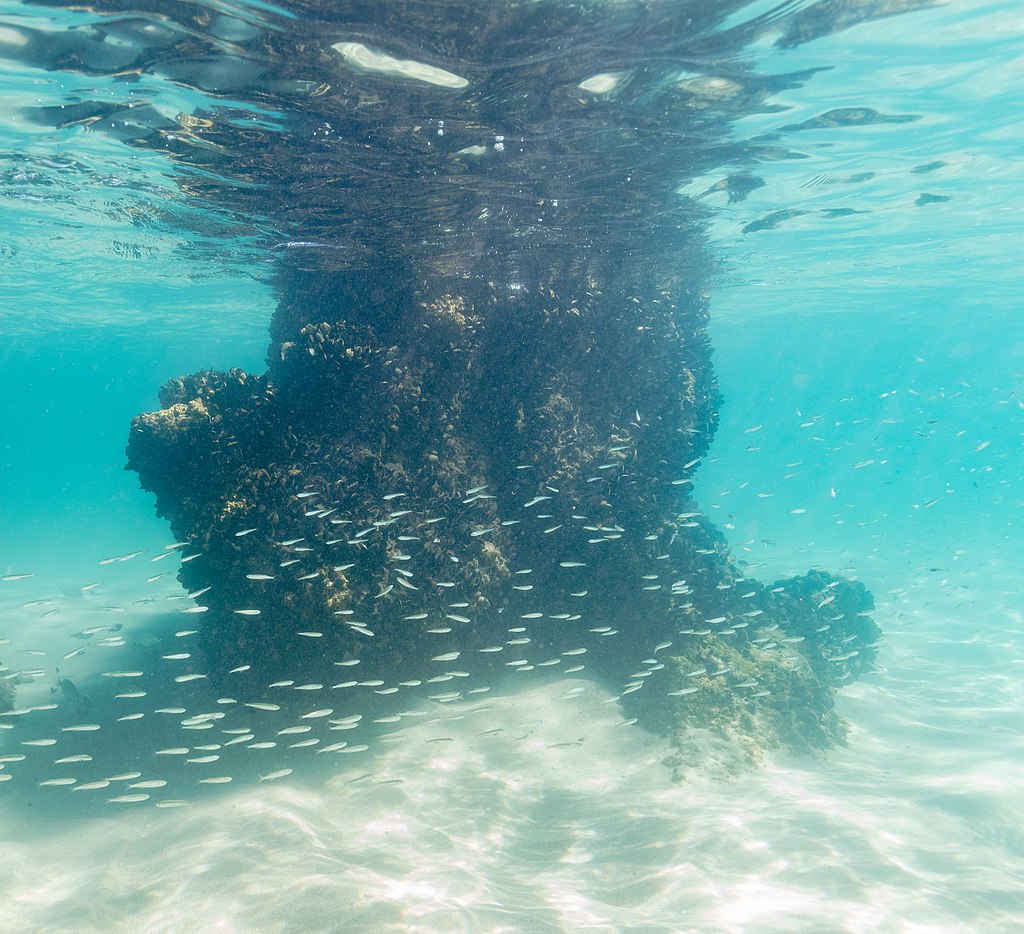
Before you can effectively match the hatch, you need to understand which forage species inhabit your fishing waters. Common freshwater forage fish include shad, shiners, alewives, smelt, bluegill, perch, and various minnow species, each with distinctive appearances and behaviors that gamefish have evolved to recognize. In saltwater environments, mullet, pinfish, sardines, anchovies, and silversides represent a critical forage base for predatory species. Learning to identify these baitfish by their size, shape, coloration patterns, and swimming characteristics is fundamental to selecting appropriate lures. Regional variations exist, so consulting local fishing reports, speaking with bait shop owners, or researching fishery management reports can provide valuable insights into the predominant forage in your specific waters.
The Importance of Size in Lure Selection
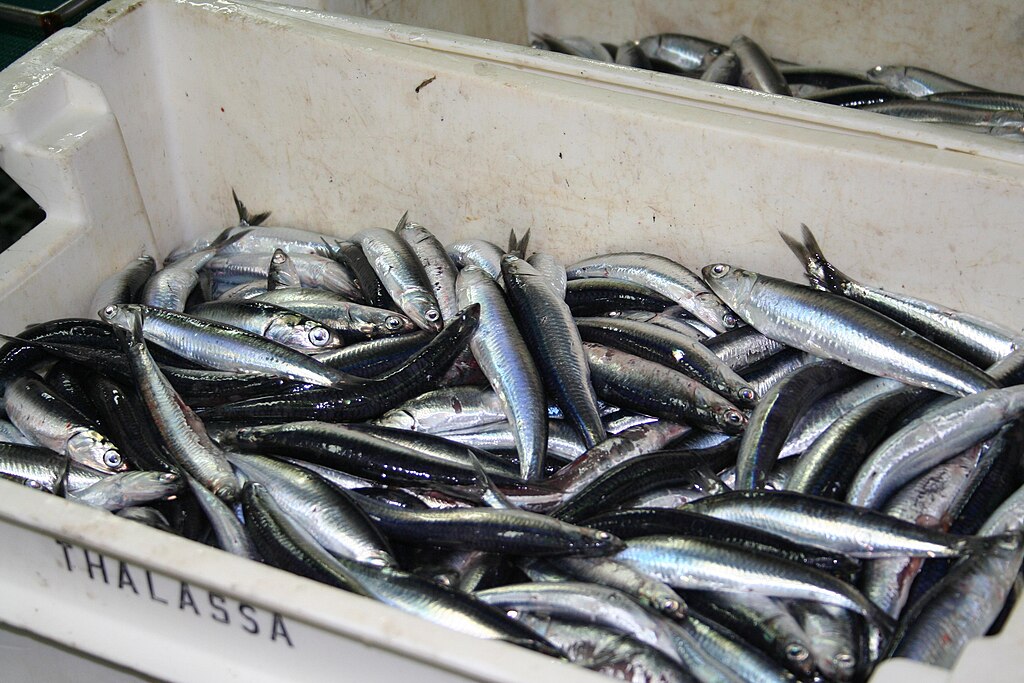
Perhaps no factor is more critical in matching the hatch than selecting the appropriate lure size to match local forage. Gamefish are remarkably size-selective, often focusing on specific size classes of baitfish during different seasons or feeding periods. Using lures that are significantly larger or smaller than the available forage can result in refusals, even when other aspects of your presentation are perfect. A useful rule of thumb is to examine the stomach contents of caught fish (when legally and ethically appropriate) or observe jumping baitfish to gauge their size. During challenging fishing conditions, slightly downsizing your lures often proves effective, as predators tend to become more selective when feeding is difficult. Conversely, in high-activity feeding scenarios like the fall baitfish migration, matching or even slightly exceeding the average forage size can trigger competitive feeding responses.
Color Selection Strategies for Different Water Conditions
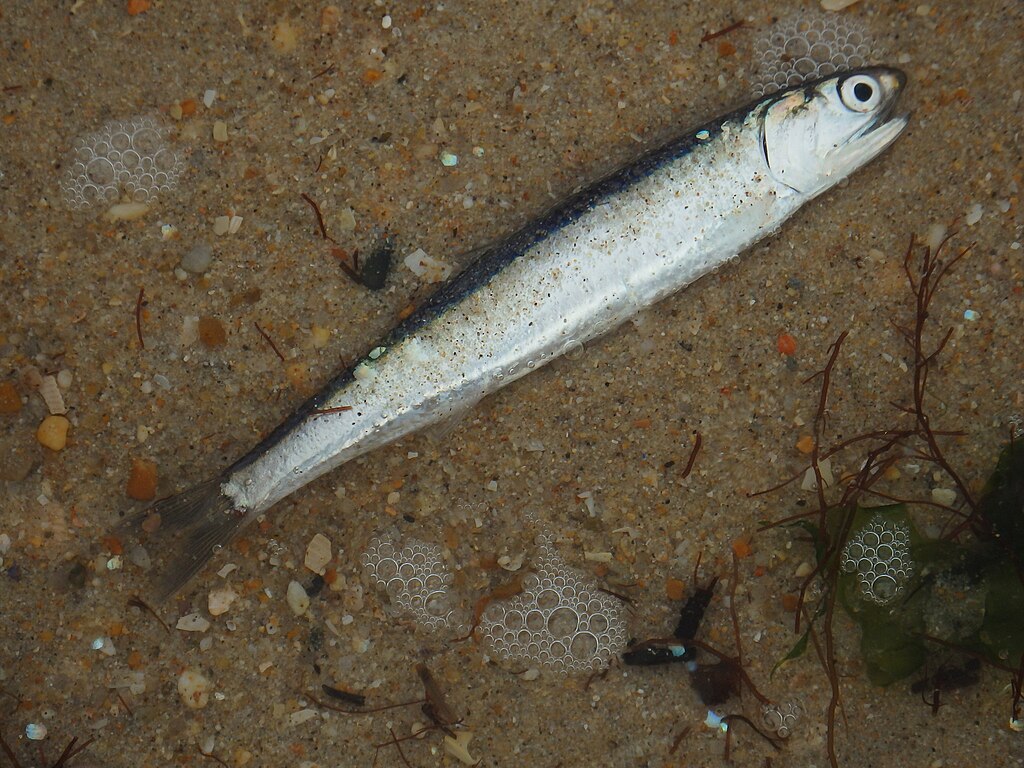
Color selection should be approached systematically based on water conditions and the natural appearance of local forage fish. In clear water conditions with good visibility, natural patterns that closely mimic local baitfish are typically most effective, with attention to subtle details like flash, scale patterns, and belly coloration. As water clarity diminishes due to staining, algae, or suspended particles, higher contrast colors that create visible silhouettes become increasingly important. For instance, silver/blue combinations effectively mimic shad in moderately clear water, while chartreuse patterns become more productive as visibility decreases. Light penetration also influences color effectiveness at different depths, with reds appearing black below approximately 15 feet while blues and greens maintain visibility at greater depths. Seasonal factors also influence optimal color selection, with bright, reflective finishes often outperforming in summer while more subdued, matte finishes frequently excel during colder months.
Seasonal Patterns in Forage Availability
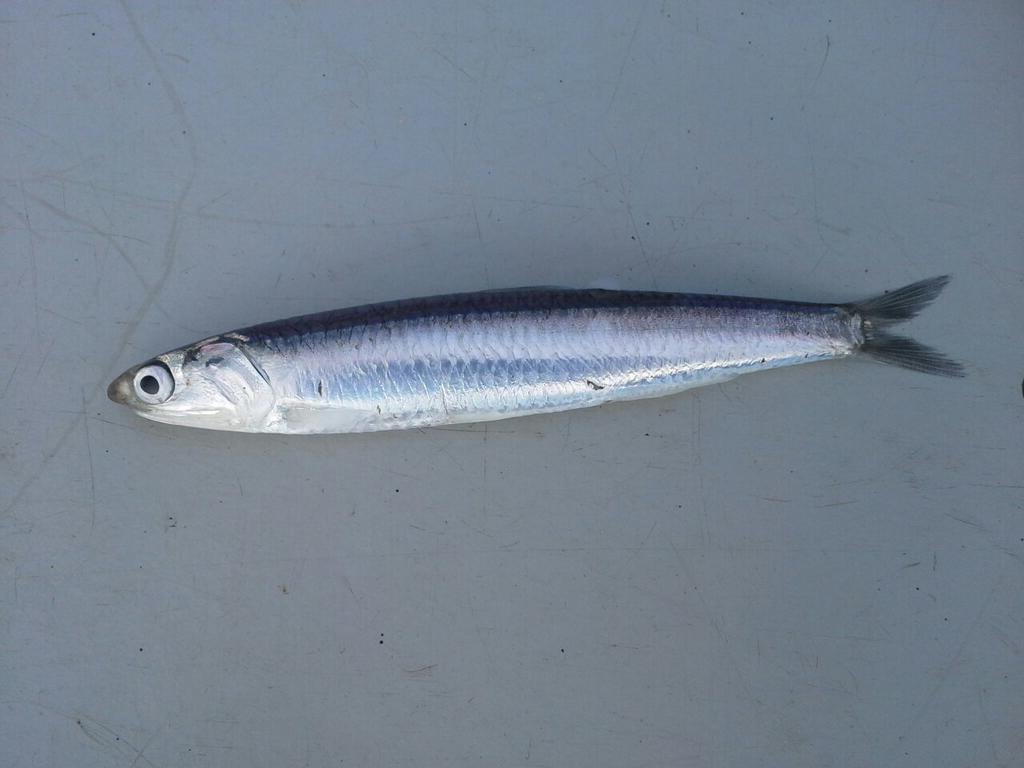
Forage fish populations follow predictable seasonal patterns that directly influence gamefish behavior and feeding preferences. Spring typically brings spawning activity for many baitfish species, creating opportunities to match smaller juvenile forage with appropriately sized lures in shallow spawning areas. Summer often sees baitfish schools suspending near thermoclines or relating to structure, requiring anglers to adjust their presentation depths accordingly. Fall represents a critical feeding period as baitfish schools migrate and cluster, often driving predatory feeding frenzies in predictable locations. Winter typically concentrates remaining forage in deeper, more stable environments, where metabolism slows and precise presentations become increasingly important. Understanding these seasonal movements allows anglers to anticipate where baitfish will concentrate and select lures that match not just the appearance but the seasonal behavior of the forage base.
Profile and Silhouette: The Underwater Perspective
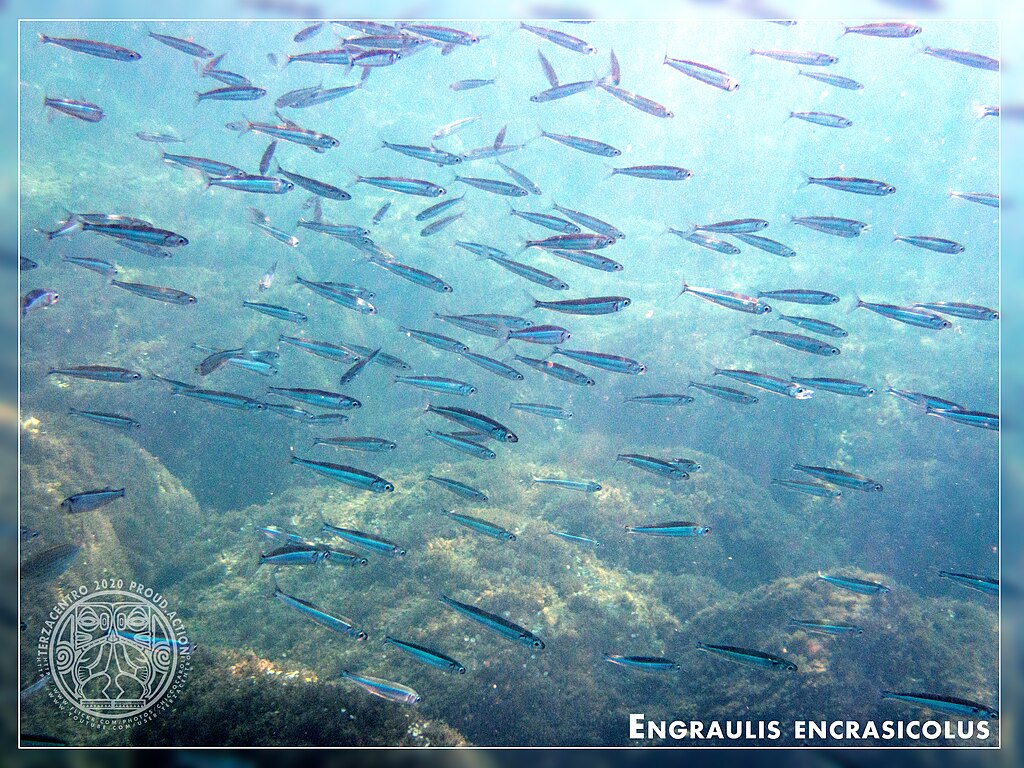
Fish primarily identify prey by recognizing silhouettes and profiles from below, making the shape of your lure critically important in triggering strikes. Different forage species present distinctive profiles underwater – shad display a deep, compressed body shape, while minnows typically show a more slender, elongated profile. When selecting lures, consider how your presentation appears from beneath, as this represents the primary perspective from which predators evaluate potential prey. This understanding explains why paddle-tail swimbaits effectively mimic deep-bodied shad, while slender jerkbaits better represent elongated forage like smelt or certain minnow species. The importance of profile becomes even more pronounced in low-light conditions or stained water, where detailed coloration becomes secondary to the basic shape and movement pattern. Considering both overhead and underwater profiles when selecting lures ensures you’re presenting an accurate representation from all viewing angles.
Movement Patterns: Mimicking Natural Swimming Behaviors
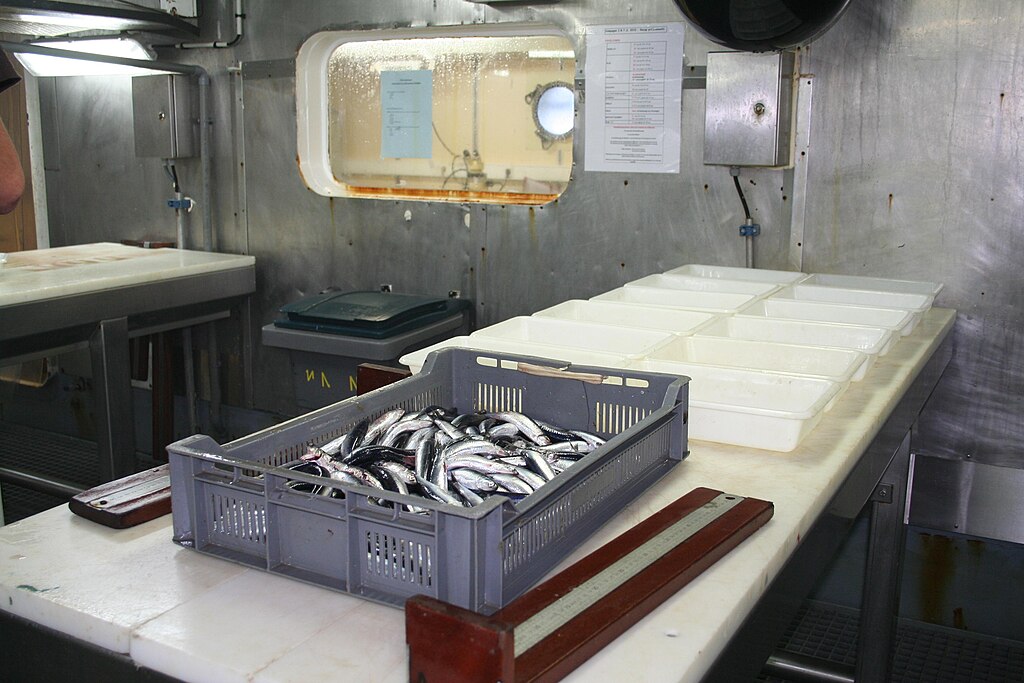
The swimming action of different forage species represents one of the most important yet frequently overlooked aspects of matching the hatch. Shad typically display a distinctive side-to-side wobble with occasional darting movements, while bluegill move with a more deliberate paddling motion punctuated by quick directional changes. Matching these natural movement patterns requires selecting lures with appropriate actions and employing retrieves that replicate the behaviors predators expect to see. For instance, lipless crankbaits effectively mimic the frantic, erratic movement of injured shad, while glide baits better represent the smooth, S-curve swimming pattern of larger forage like trout or herring. Understanding the natural behaviors of local forage species – including how they react when pursued – allows anglers to create more convincing presentations that trigger the predatory response. This often requires observing live baitfish whenever possible and experimenting with retrieve cadences to find the most effective representation.
Using Technology to Identify Forage Patterns
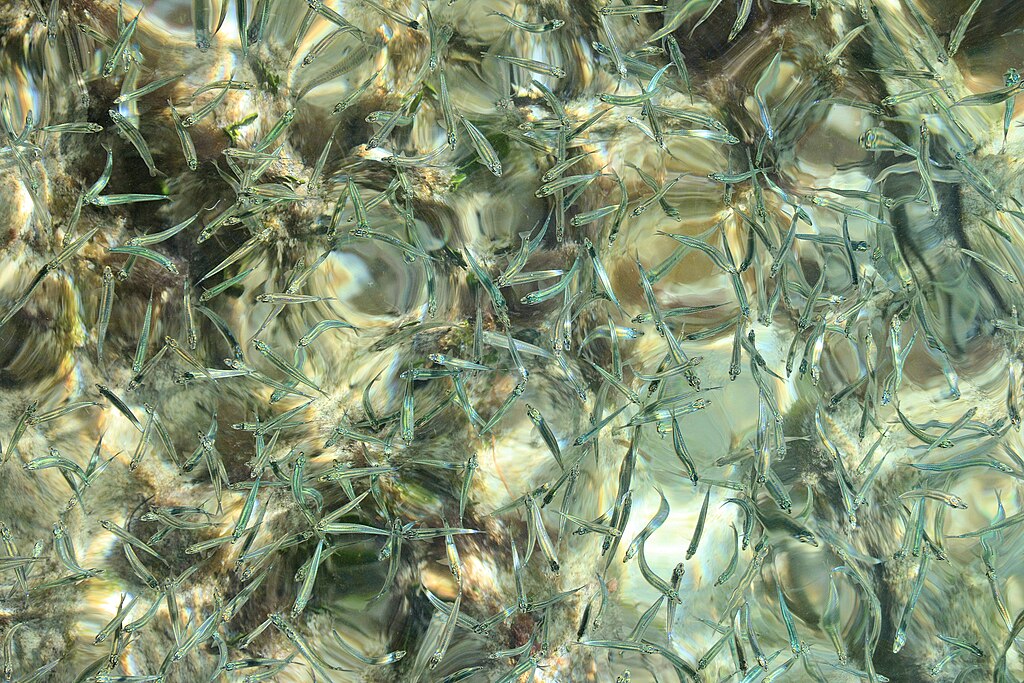
Modern fishing technology provides unprecedented insight into forage fish patterns and behavior. High-definition sonar and down-imaging technology allow anglers to identify baitfish schools, determine their size, and observe how they relate to structure and predators in real-time. Side-imaging capabilities extend this visibility horizontally, helping locate distant baitfish concentrations that might otherwise go undetected. Underwater cameras offer direct visual confirmation of forage species identity and behavior, particularly valuable in clear-water environments. Even smartphone apps now provide regional baitfish identification guides and seasonal tracking of forage movements based on user reports and fishery data. Leveraging these technological tools can dramatically accelerate the learning curve for understanding local forage patterns, allowing more precise matching of the hatch without requiring years of experience on a particular body of water.
Soft Plastic Selection for Matching Different Forages
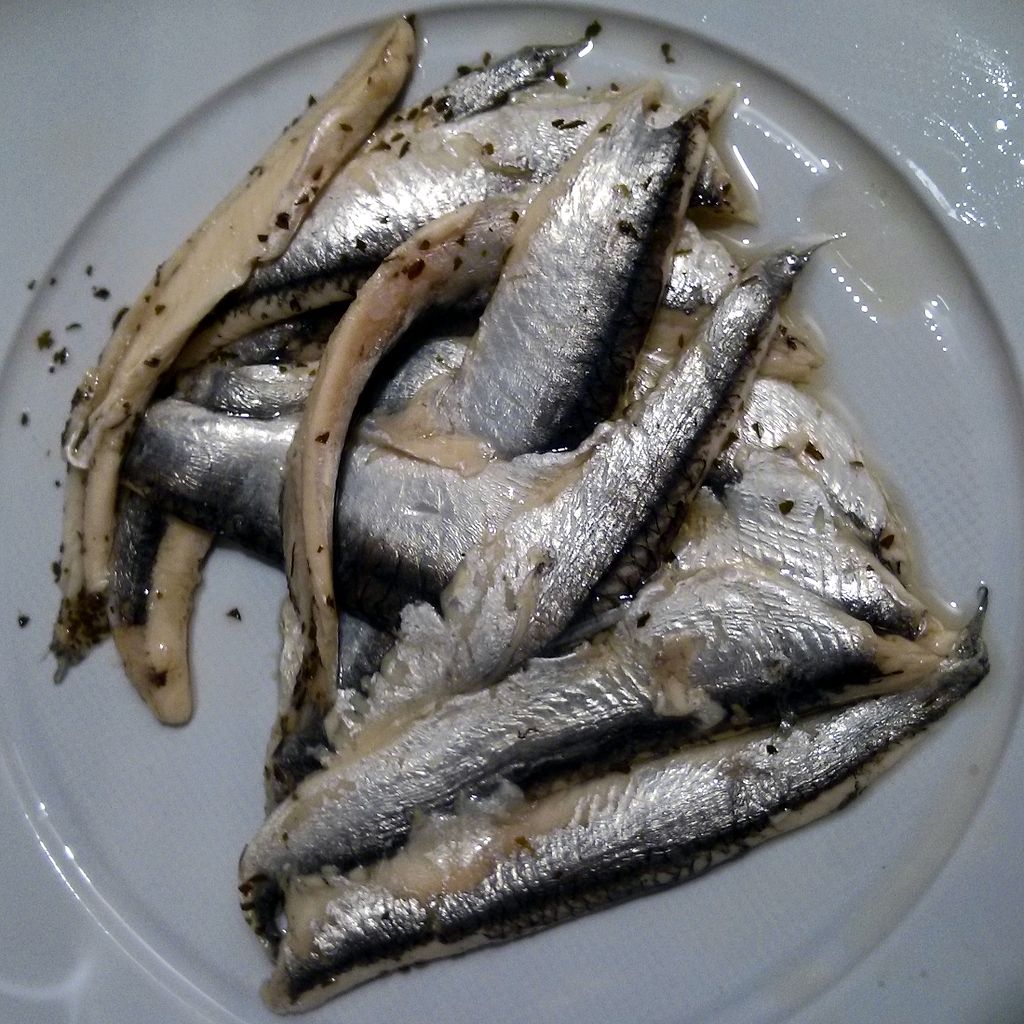
Soft plastic lures offer perhaps the most versatile platform for matching specific forage fish due to their endless variety of shapes, sizes, and presentations. Paddle-tail swimbaits effectively mimic deep-bodied forage like shad or bluegill, particularly when rigged on appropriately weighted jigheads that allow for depth control. Straight-tail minnow imitations excel at representing slender baitfish species like smelt or shiners, especially when fished with a subtle twitching retrieve. Creature baits, despite not directly mimicking specific forage fish, often trigger strikes by resembling injured or distressed prey through their erratic appendage movements. The soft plastic category also includes specialized regional imitations like tube jigs for goby imitations in the Great Lakes or craw patterns for matching crawfish in southern reservoirs. The adaptability of soft plastics extends to rigging options as well, with weightless, Texas, Carolina, Ned, and dropshot presentations all providing different action profiles to match specific forage behavior.
Hard Bait Selection: Crankbaits, Jerkbaits, and Topwaters
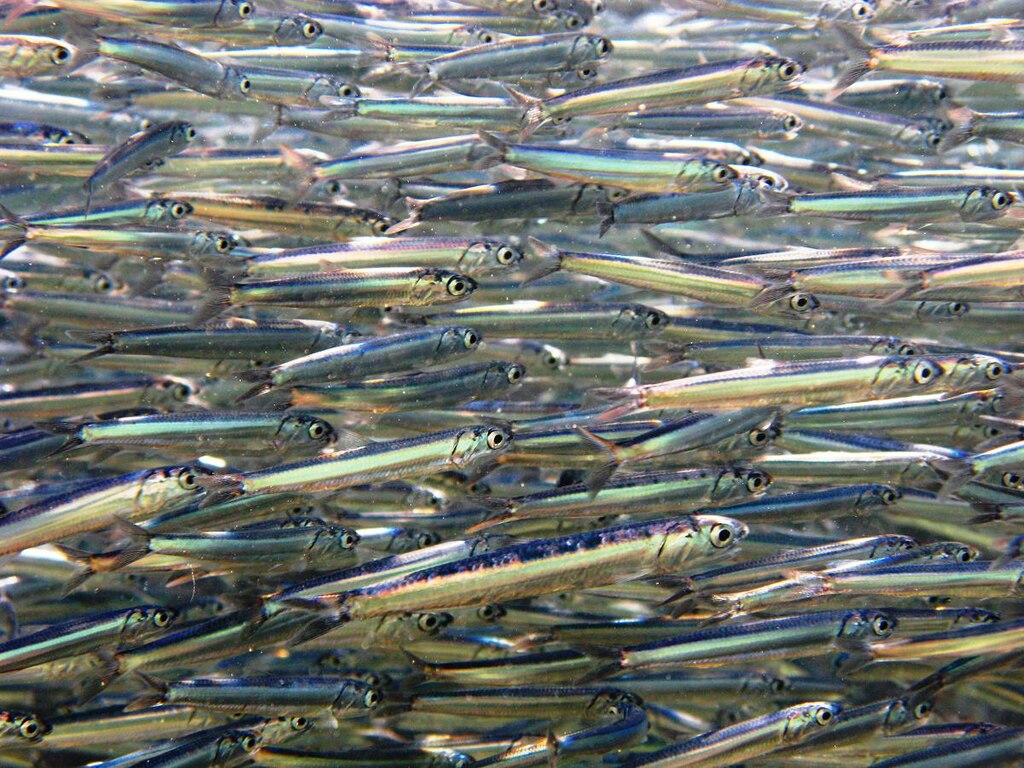
Hard baits provide distinctive actions that can precisely match specific forage fish behaviors across different water columns. Crankbaits with appropriate diving depths and wobble patterns effectively imitate actively swimming baitfish, with lip size and body shape determining their action profile. Lipless crankbaits excel at mimicking the frantic vibration of fleeing shad schools, particularly effective in vegetation where their distinctive rattle and flutter on the fall trigger reaction strikes. Jerkbaits represent perhaps the most versatile hard bait category for matching slender forage species, with their suspension capabilities and erratic darting action closely mimicking injured baitfish. Topwater presentations, including walking baits, poppers, and prop baits, create surface disturbances that match the commotion of schooling baitfish being corralled by predators, particularly effective during low-light periods when surface feeding activity peaks. The key to successful hard bait selection lies in matching both the profile and the action characteristics to the predominant forage, sometimes requiring experimentation with retrieve speeds to find the most effective presentation.
Metal Lures: Spoons, Spinners, and Blade Baits
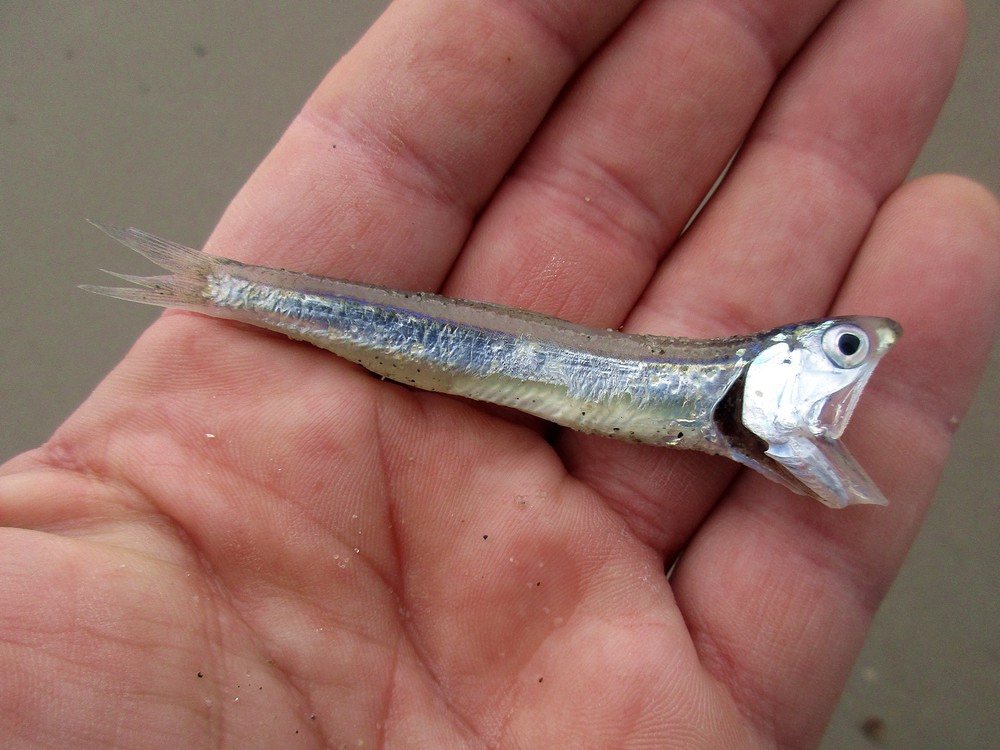
Metal lures provide flash, vibration, and weight that create highly effective forage imitations in specific situations. Spoons in various weights and profiles create a distinctive wobbling, flashing action that mimics injured baitfish, with smaller models effectively matching juvenile shad or shiners while larger designs represent mature forage in open water environments. Inline spinners generate constant flash and vibration that attract predators from a distance, particularly effective in stained water conditions where their pronounced presence compensates for reduced visibility. Blade baits occupy a specialized niche for vertical presentations in deep water, where their tight vibration and compact profile match the signature of isolated baitfish near bottom structure. The metallic flash produced by these lure categories creates the impression of scales reflecting light, a key trigger for predatory fish that recognize the characteristic flash pattern of forage schools. When selecting metal lures, consider both the size of local forage and the amount of flash appropriate for water clarity conditions.
Regional Considerations in Forage Matching
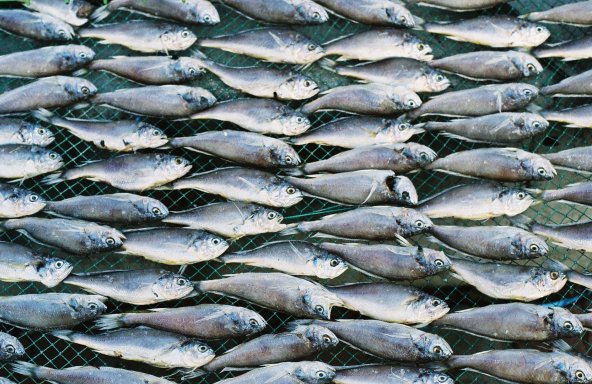
Effective forage matching requires understanding regional variations in baitfish populations that influence predator expectations. Northern lakes typically feature cisco, smelt, and various shiner species that thrive in colder environments, requiring elongated, slender profile lures in silver and blue patterns. Southern impoundments often host threadfin and gizzard shad populations that drive predator behavior, making deeper-bodied lures with prominent flash effective, particularly when matched to seasonal shad die-offs. Western reservoirs frequently feature kokanee salmon, rainbow trout, and various minnow species as primary forage, requiring larger profile lures with distinctive rainbow patterns in many trophy fisheries. Coastal estuaries host mullet, pinfish, and silversides that migrate with tidal movements, requiring anglers to match both appearance and the distinctive mullet “jump” or silverside schooling behaviors. Understanding these regional differences allows traveling anglers to quickly adapt their approach when fishing unfamiliar waters by focusing on the predominant local forage base.
Adapting to Predator Preference: When Fish Break the Rules

Despite the importance of matching the hatch, experienced anglers recognize that predatory fish sometimes develop strong preferences for specific forage or presentations that defy conventional wisdom. During certain periods, gamefish may selectively target atypical prey items like juvenile catfish, salamanders, or even small mammals that fall into the water, requiring unconventional lure choices to match these preferences. Fishing pressure can also influence predator behavior, with heavily pressured populations sometimes showing greater interest in novel presentations that stand out from commonly used lures. Environmental factors like rapid temperature changes, oxygen levels, or water clarity shifts can temporarily alter feeding preferences toward more visible or accessible prey. The most successful anglers maintain flexibility in their approach, starting with presentations that match the predominant forage but remaining willing to experiment with contrasting colors, unusual sizes, or atypical retrieves when standard approaches prove ineffective. This adaptive mindset, combined with careful observation of fish behavior, often leads to breakthrough patterns when traditional matching strategies fall short.
Building a Versatile Forage-Matching Tackle Selection
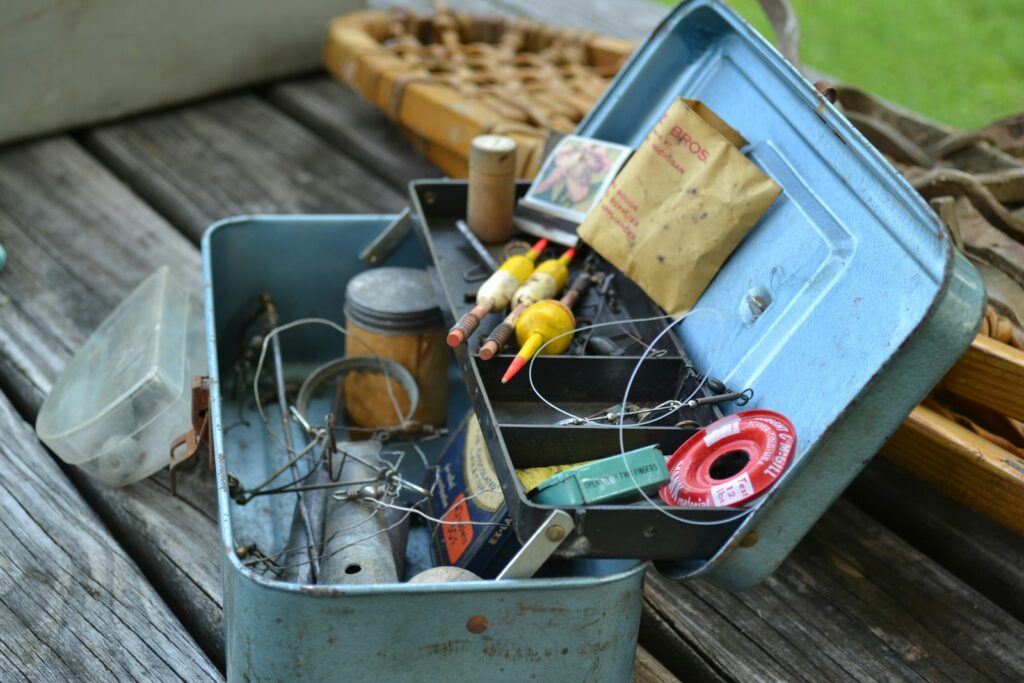
Developing a comprehensive tackle selection for forage matching requires balancing specificity with versatility. A well-planned approach starts with researching the primary forage species in your intended fishing waters and acquiring core lures that match their size, profile, and coloration. This foundation should include various sizes of soft swimbaits, jerkbaits, crankbaits, and topwater options that cover the primary forage profiles you’ll encounter. Expanding beyond these basics, include specialized presentations for seasonal patterns like pre-spawn bluegill imitations or fall shad migration lures that capitalize on predictable feeding opportunities. Color selection should prioritize natural patterns first, then include higher-contrast options for challenging visibility conditions. Rather than accumulating endless variations, focus on mastering the presentation of a core selection that covers different depth ranges, forage profiles, and retrieval speeds. This systematic approach allows you to create a manageable yet effective collection that addresses most forage-matching scenarios without becoming overwhelmed by excessive options.
Conclusion
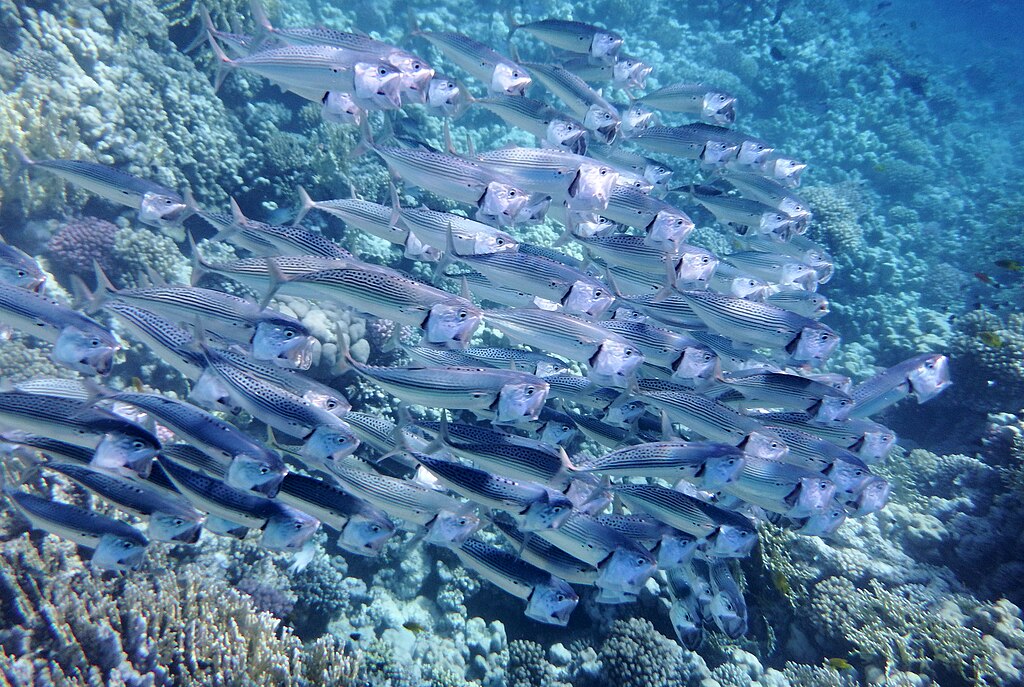
The practice of matching the hatch represents one of the most reliable and rewarding approaches to consistently successful fishing. By developing an understanding of local forage fish and selecting lures that accurately mimic their appearance, size, and behavior, anglers create presentations that align with predators’ evolved feeding expectations. This approach transcends simple lure selection, becoming a framework for understanding the underwater ecosystem and the complex relationships between predator and prey. While no single strategy guarantees success in the dynamic world of fishing, the angler who masters forage matching possesses a fundamental advantage in consistently locating and triggering strikes from target species. As you develop this skill, you’ll find yourself not just catching more fish but developing a deeper appreciation for the intricate natural patterns that drive fishing success across seasons and environments.

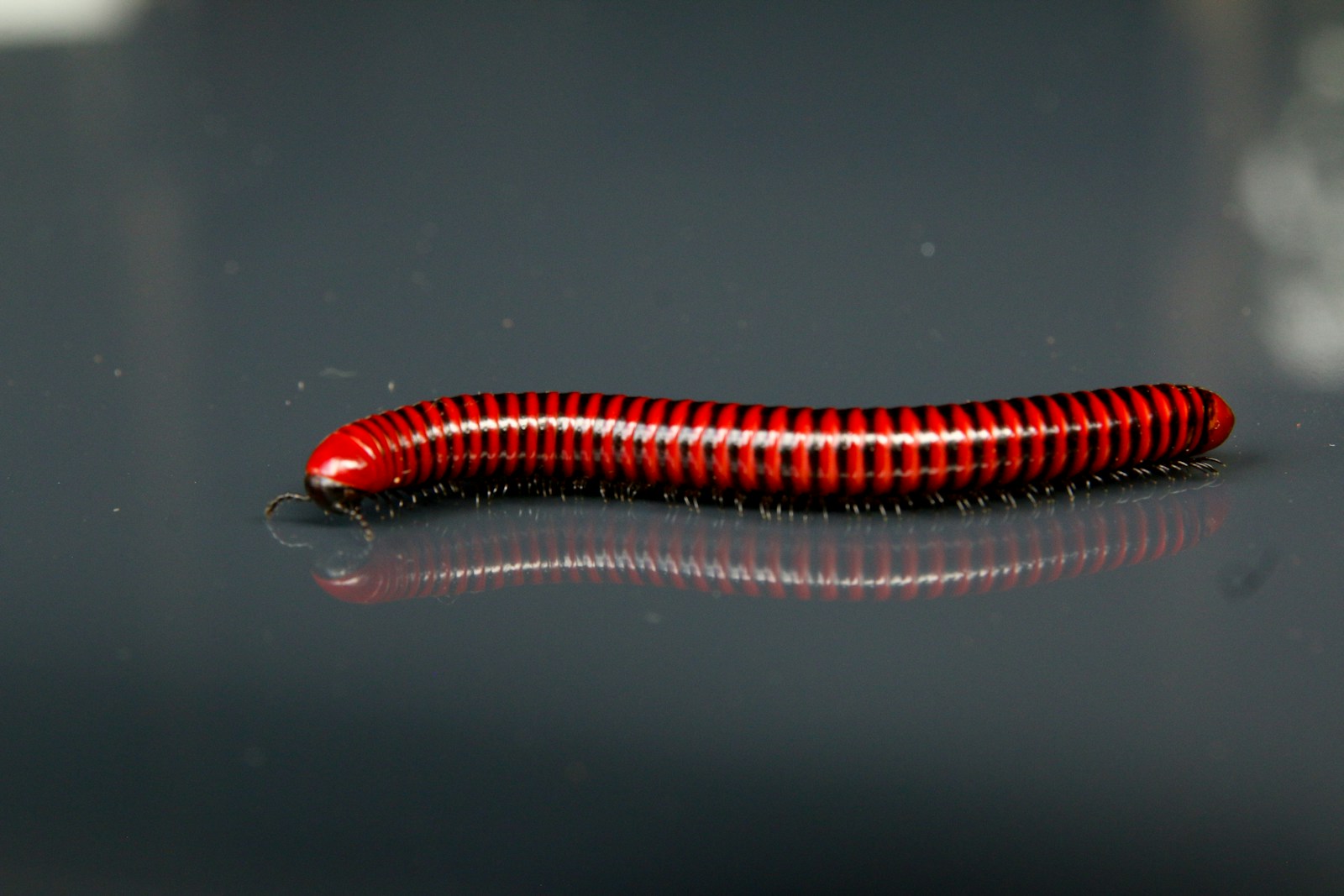
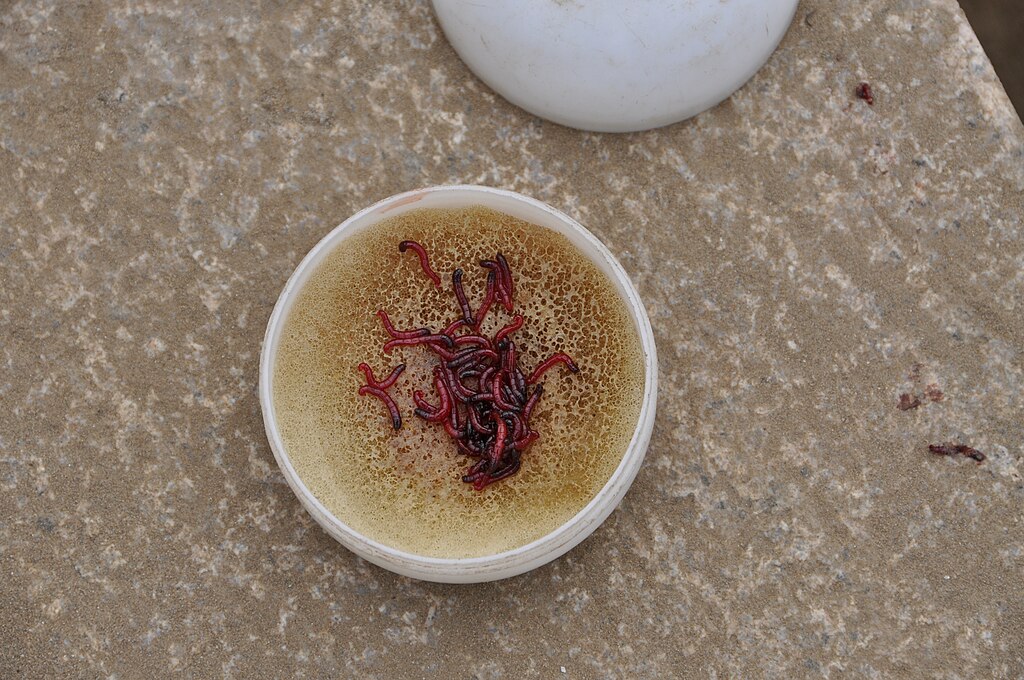
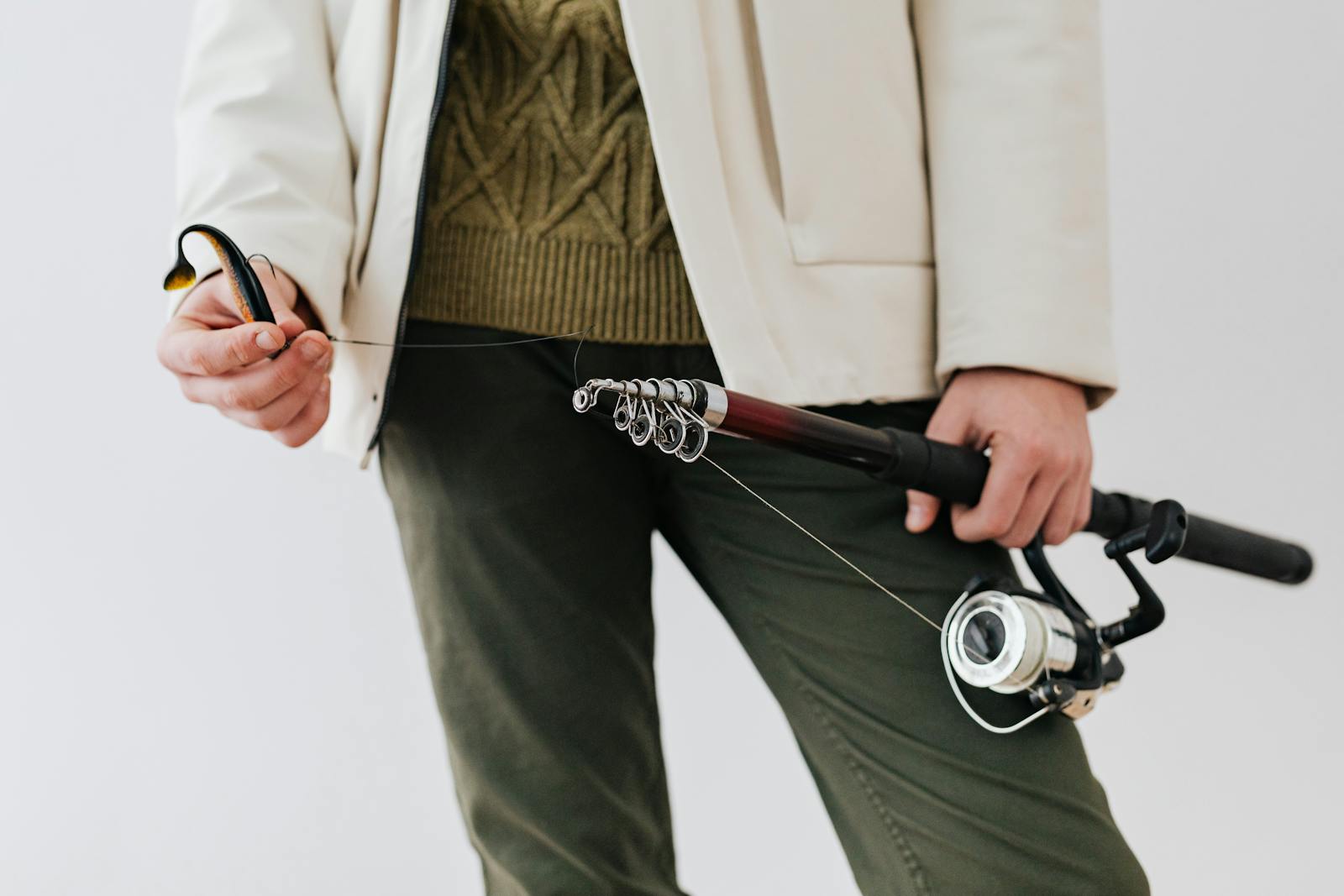










Post Comment